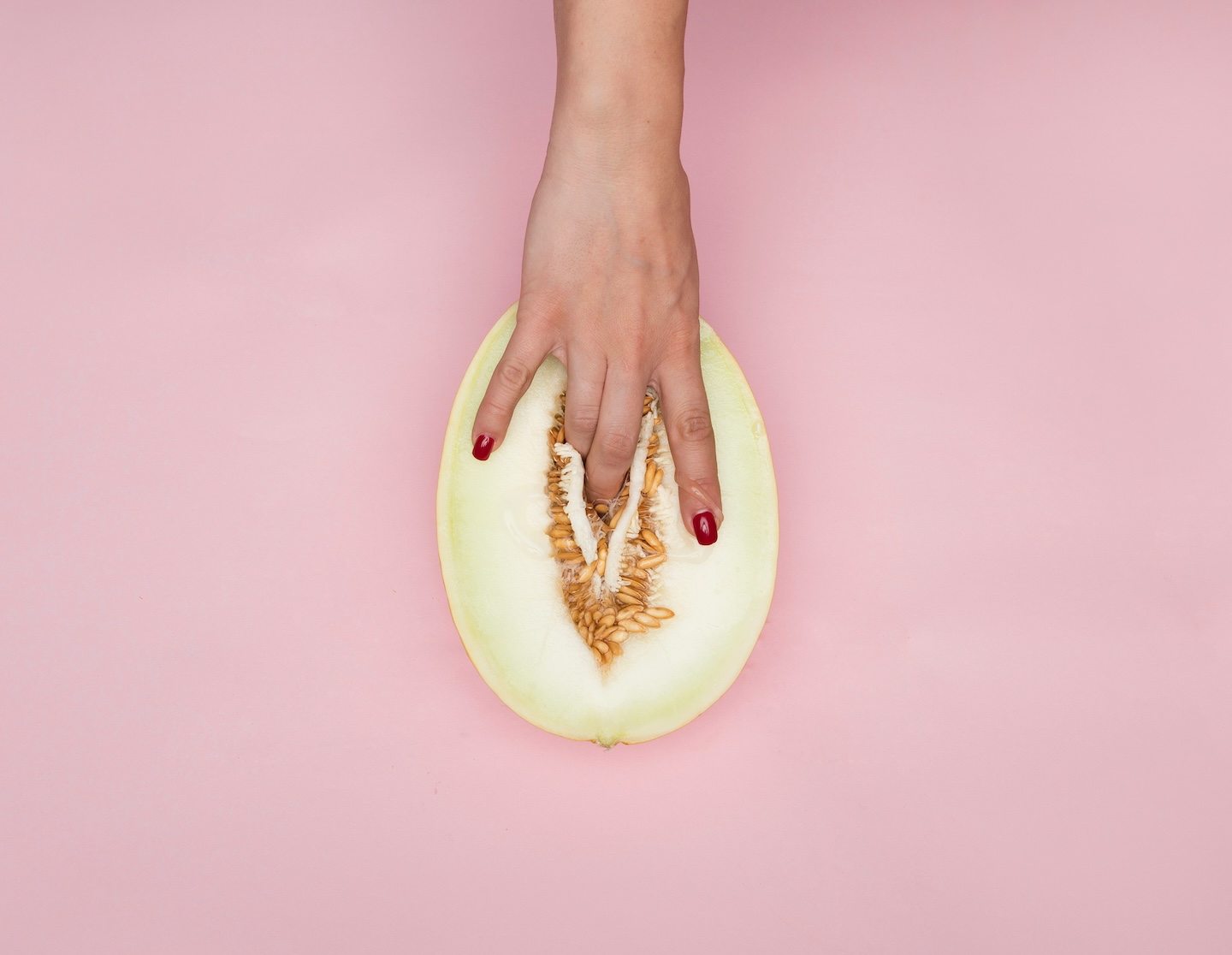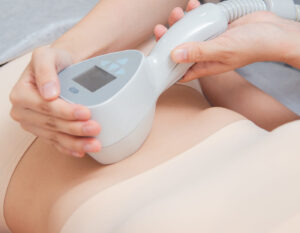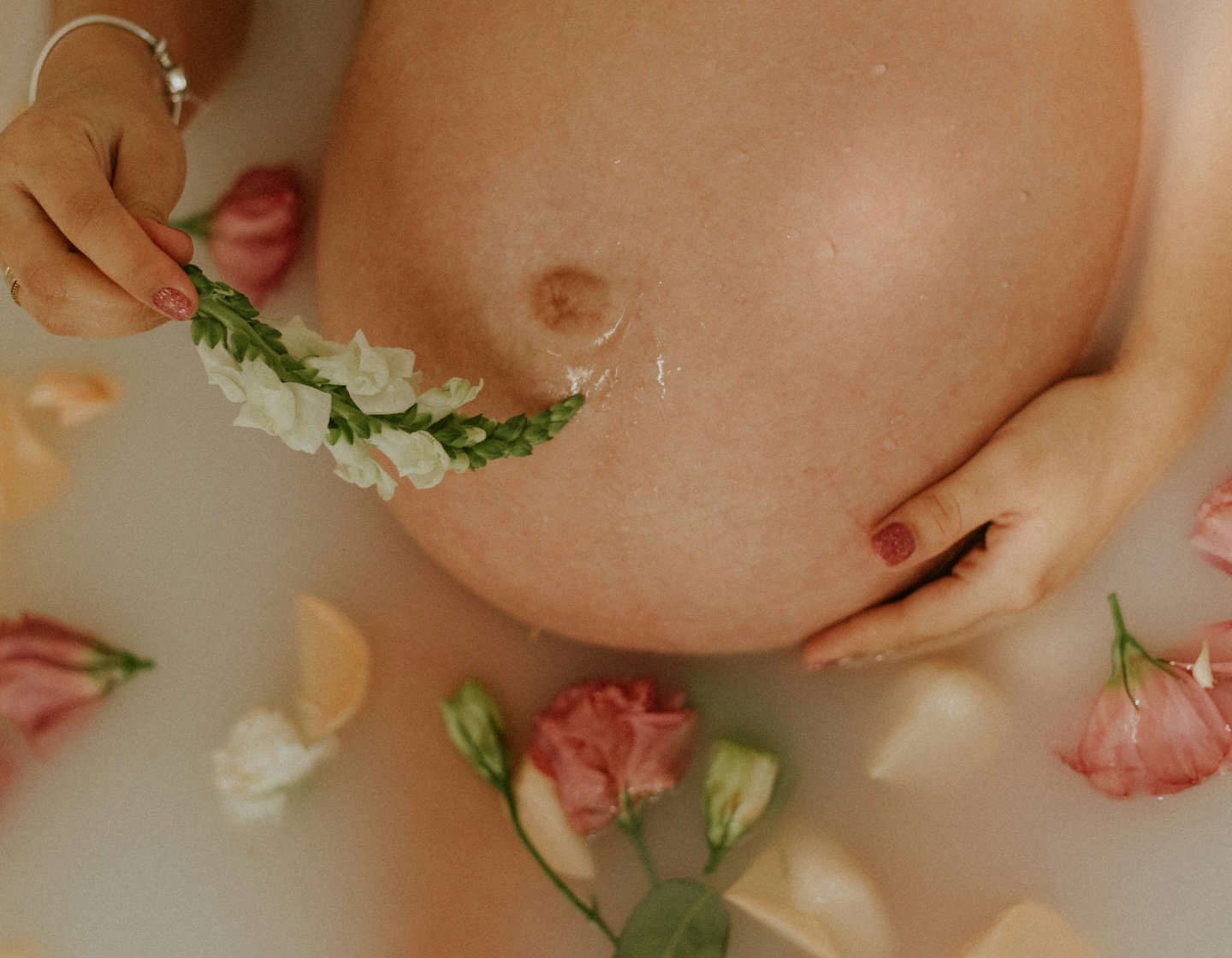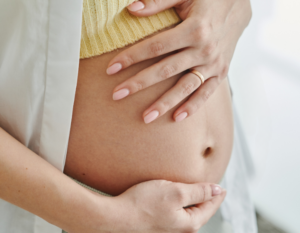
A healthy and happy mama benefits everyone, so don’t skimp on caring for your post-birth vaginal health!
Giving birth is an incredible journey — one that transforms your body in remarkable ways. Whether you delivered vaginally or via C-section, your pelvic and vaginal health will need care and attention during the postpartum period. Let’s explore what’s normal, what might signal a concern and how to care for yourself during this time — because your healing and comfort matter.
Read More: Your Ultimate Guide To Postnatal Recovery

What to Expect: Not-So-Glamorous Postpartum Changes
First, let’s talk about postpartum bleeding, also known as lochia. This is your body’s natural way of shedding the uterine lining and healing after delivery. Lochia starts as bright red bleeding, similar to a heavy period, and transitions to a lighter pink or yellowish discharge over the course of four to six weeks. This occurs whether you had a vaginal delivery or a C-section.
If you had a vaginal delivery, you may also experience:
- Swelling and tenderness: Your vaginal area has gone through significant stretching and pressure, so some puffiness and soreness are common, especially during the first week.
- Stitches from tearing or episiotomy: If you had a tear or an episiotomy, the stitches usually dissolve on their own within a few weeks. These areas may feel tender or uncomfortable, especially while sitting or moving.
- Discomfort while urinating: Minor abrasions or swelling can make urination sting. This is temporary but can be frustrating.
- Hormonal changes leading to vaginal dryness: Postpartum hormone shifts, particularly a drop in estrogen, can cause dryness and irritation in the vaginal area. This is especially noticeable if you’re breastfeeding, as lactation suppresses estrogen levels.
Read more: The Fourth Trimester: What To Expect When You’re No Longer Expecting

What’s Not Normal? When to Call Your Doctor
While many postpartum symptoms are expected, some signs could indicate a problem. Contact your healthcare provider if you experience:
- Heavy bleeding: Passing clots larger than a golf ball, or soaking through a pad in under an hour, may indicate a postpartum hemorrhage.
- Foul-smelling discharge: This could be a sign of infection in the uterus or stitches.
- Fever or chills: These symptoms may indicate an infection and require prompt medical attention.
- Severe or worsening pain: Pain that doesn’t improve — or gets worse — should be evaluated.
- Urinary or bowel trouble: Difficulty urinating, painful bowel movements or loss of control over bladder and bowel function may signal an underlying issue like a pelvic floor injury.
Read More: Back To The Mat: Pre- And Postnatal Workout Classes In Hong Kong
When Can I Have Sex Again?
Most healthcare providers recommend waiting four to six weeks postpartum before resuming sexual activity. However, this timeline can vary depending on your physical and emotional recovery. After all, between the hormone fluctuations and physical exhaustion that is postpartum, you may not feel in the mood whatsoever in this time frame — which is completely normal and valid. If you do feel inclined to be intimate, though, be sure to get the green light from your doctor, and remember that sex may feel different at first. Use lubrication if needed, and communicate openly with your partner.
Read More: Sex After Pregnancy — All Your Questions Answered

Essential Postpartum Vaginal Health Tips
1. Keep It Clean (But Gentle!)
Good hygiene is important, but avoid overdoing it:
- Use warm water to rinse the perineal area after using the bathroom. A peri bottle (a small squeeze bottle) can be especially helpful.
- Gently pat the area dry — don’t rub.
- Avoid harsh soaps, douches or scented products, which can irritate sensitive tissue.
- Change pads frequently to reduce the risk of infection. Avoid tampons until cleared by your doctor.
2. Soothe Swelling and Discomfort
Swelling and tenderness are normal in the early days. These remedies can help:
- Apply cold packs (wrapped in a cloth) to the perineum during the first 24–48 hours to reduce swelling. You can also try postpartum cooling pads.
- Sitz baths: A warm, shallow soak can ease soreness and reduce swelling. Adding plain Epsom salts (unscented) can provide additional relief — just ensure the water is clean.
- If you’ve had stitches, ask your doctor about topical treatments, like numbing sprays or witch hazel pads, to ease discomfort.
3. Minimise Pressure
Your body needs time to heal, so be mindful of activities that could strain your pelvic area:
- Use a doughnut pillow or soft cushion to sit comfortably, especially if you have stitches or hemorrhoids.
- Avoid heavy lifting (beyond your baby) for the first several weeks.
- Rest as much as possible, and don’t hesitate to ask for help with household tasks.
4. Ease Into Pelvic Floor Recovery
Your pelvic floor may feel weak or stretched after delivery. When you’re ready:
- Start with gentle Kegel exercises to strengthen the pelvic floor muscles and support bladder control. If you’re unsure how to do Kegels, ask your doctor or a pelvic floor physical therapist for guidance.
- Avoid high-impact exercises (e.g., running or heavy lifting) until cleared by your healthcare provider.
5. Stay Hydrated and Nourished
Proper hydration and nutrition support your body’s healing process and help prevent constipation, which can strain the perineum. Include plenty of fibre-rich foods, and consider a stool softener if needed.
6. Give Yourself Time to Heal
It’s important to remember that recovery takes time. For some, it may take 6 weeks; for others, longer. Avoid comparing your postpartum journey to anyone else’s. Be patient with your body and honour its incredible strength!
Read More: Postnatal Depression — How To Detect Symptoms & Find Solutions
 View All
View All











 View All
View All





 View All
View All

 View All
View All












